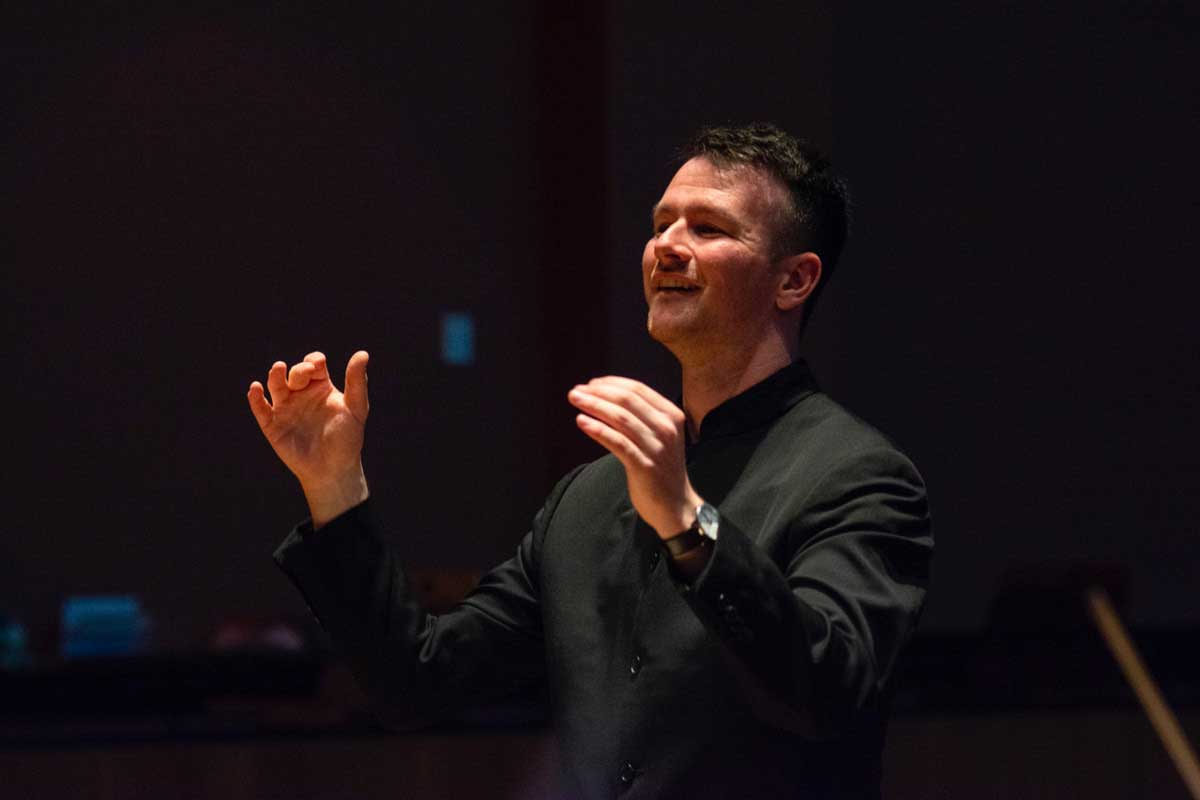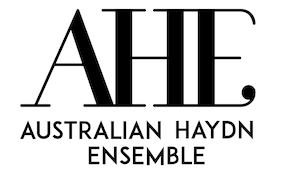For much of the choral repertoire, ideas about the human spirit are bound up in religious music. The Western classical tradition has its roots in the church – a good chunk of the earliest music which survives is sacred vocal music. Beginning with Gregorian chant, the choral repertoire weaves its way through the polyphonic masses and motets of the Renaissance to church music of the Baroque, culminating in the cantatas and passions of Bach and the oratorios of Handel.
When the Enlightenment arrives, choirs begin to sing more prominently outside of church than within – notably hymning the joy of shared humanity in the final movement of Beethoven’s Ninth Symphony. Secular singing societies flourish across Europe and America and by the 20th century choirs sit comfortably across the sacred and the secular.

Sam Allchurch. Photo supplied
So, even with a balanced program, life as a choral musician or lover of choral music tends to involve a lot of God. This significant amount of sacred music can mean that attending a choral concert often feels like turning...











Comments
Log in to join the conversation.